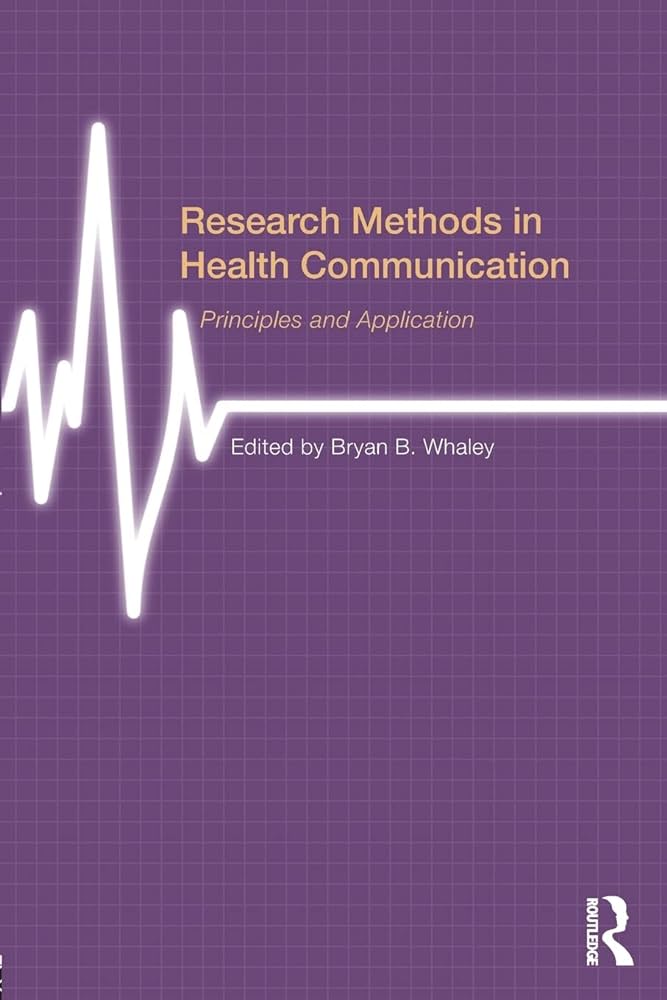Improving Communication Skills: Tony Robbins’ Tips
Communication is more than just a tool for exchanging information; it’s the bedrock of success in both personal and professional realms. Whether you’re aiming to deepen your relationships, unlock new opportunities, or achieve greater success, mastering the art of effective communication is essential. Tony Robbins, a world-renowned expert in personal development, provides insightful strategies for enhancing communication skills and influencing others. In this blog post, we will explore Robbins’ tips and techniques for improving communication.
1. Understanding the Fundamentals of Communication
Effective communication starts with a deep understanding of its core principles. Communication is a dynamic interaction between the speaker and the listener. Mastering it requires a grasp of several fundamental elements, including active listening, empathy, and clarity.
Active Listening
Active listening is a cornerstone of effective communication. It goes beyond merely hearing the words spoken; it involves understanding the underlying emotions and intentions of the speaker. Robbins emphasizes the importance of fully focusing on the speaker, giving undivided attention, and avoiding distractions. To practice active listening:
- Engage Non-Verbally: Show that you’re engaged through non-verbal cues like nodding, maintaining eye contact, and leaning slightly forward.
- Reflect and Clarify: Repeat or paraphrase what the speaker has said to confirm your understanding. This not only shows that you’re listening but also helps prevent misunderstandings.
- Ask Clarifying Questions: If something is unclear, don’t hesitate to ask questions to gain a deeper understanding.
- Empathize: Put yourself in the speaker’s shoes and try to understand their perspective. Empathy can bridge the gap between mere words and true communication.
2. The Power of Non-Verbal Communication
While words are vital, non-verbal communication can often speak louder. According to Robbins, your body language, tone of voice, and facial expressions play a critical role in how your message is received. To ensure your non-verbal cues align with your words:
- Maintain Eye Contact: This builds trust and shows the speaker that you are fully engaged.
- Use Appropriate Gestures: Gestures can emphasize your points, but overusing them can be distracting. Be mindful of your movements.
- Be Aware of Your Tone: The tone of your voice can convey enthusiasm, confidence, or uncertainty. Match your tone to the message you want to deliver.
3. The Role of Emotional Intelligence
Emotional intelligence (EI) is the ability to recognize and manage your emotions, as well as the emotions of others. In communication, EI helps you navigate conversations with empathy and understanding, allowing you to respond rather than react. Robbins suggests the following ways to enhance your emotional intelligence:
- Self-Awareness: Understand your emotional triggers and how they can affect your communication.
- Self-Regulation: Learn to manage your emotions, especially in high-stress situations. Take a moment to breathe before responding.
- Social Awareness: Pay attention to the emotions of others. This can help you adjust your communication style to better connect with your audience.
- Relationship Management: Use your emotional understanding to manage interactions smoothly and build stronger relationships.
4. Tailoring Your Communication Style
Not everyone communicates in the same way, and Robbins highlights the importance of tailoring your communication style to suit your audience. Whether you’re speaking to a group or an individual, consider the following:
- Know Your Audience: Understand the needs, expectations, and communication preferences of your audience.
- Adjust Your Language: Use language that resonates with your audience. This may involve simplifying complex ideas or using terminology familiar to them.
- Be Flexible: Be ready to adapt your communication style if you notice that your message isn’t getting through.
5. Building Rapport and Trust
Building rapport is essential for effective communication. Robbins suggests that rapport is built on trust, mutual respect, and understanding. To build rapport:
- Mirror and Match: Subtly mirror the body language and tone of the person you’re communicating with. This can create a sense of connection and make the other person feel more comfortable.
- Be Authentic: Authenticity builds trust. Be genuine in your interactions, and don’t be afraid to show vulnerability when appropriate.
- Show Appreciation: Acknowledge the other person’s contributions and express gratitude. This can foster a positive communication environment.
6. Influence Through Communication
Communication isn’t just about exchanging ideas; it’s also about influencing others. Robbins emphasizes that to influence effectively, you need to communicate with confidence and clarity. Consider the following tips:
- Be Clear and Concise: Avoid unnecessary jargon or filler words. Be direct in your communication to ensure your message is understood.
- Use Persuasive Techniques: Techniques like storytelling, analogies, and rhetorical questions can make your message more compelling.
- Build Credibility: Establish your credibility by demonstrating knowledge, experience, and confidence in your communication.
Conclusion
Improving your communication skills is a journey that requires practice, self-awareness, and a willingness to adapt. By following Tony Robbins’ tips on active listening, non-verbal communication, emotional intelligence, and more, you can enhance your ability to connect with others, influence outcomes, and achieve greater success in all areas of life. Whether you’re aiming to improve personal relationships or professional interactions, mastering the art of communication is a powerful tool for achieving your goals.


